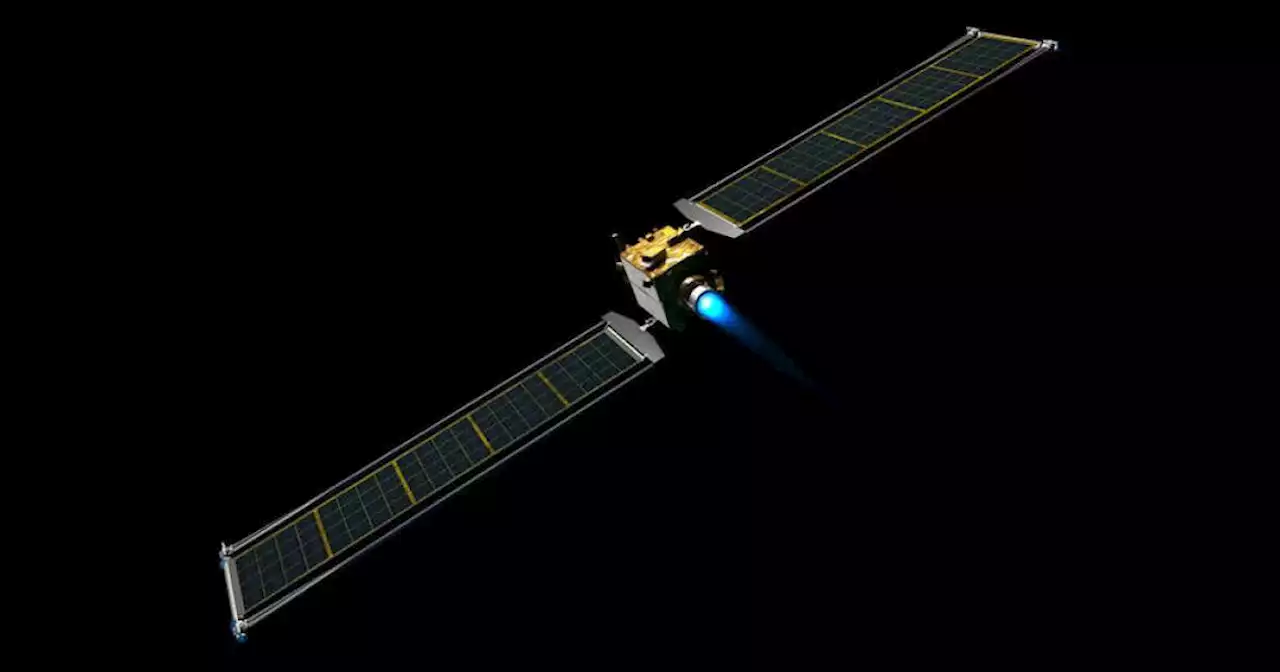'Humanity one, asteroid zero.'
until the moment of impact, when mission control erupted in applause as the spacecraft impacted the asteroid Dimorphos at some 17,000 miles per hour.Dimorphos is part of a double asteroid system called Didymos. The idea is that by smashing into it at incredible speed, the mission will be able to gently nudge it off direction — a very useful trick if a killer asteroid is incoming.
DART is a collaboration between NASA, Johns Hopkins University's Applied Physics Laboratory, and the European Space Agency, is both a fascinating case study and an attempted demonstration of how humanity could defend itself against the type of impact that is believed to have killed the dinosaurs.
Österreich Neuesten Nachrichten, Österreich Schlagzeilen
Similar News:Sie können auch ähnliche Nachrichten wie diese lesen, die wir aus anderen Nachrichtenquellen gesammelt haben.
 NASA DART craft successfully hits asteroid, could help defend Earth against future impactScientists want to know if a spacecraft can deflect an asteroid for planetary defense. The asteroid poses no threat to Earth.
NASA DART craft successfully hits asteroid, could help defend Earth against future impactScientists want to know if a spacecraft can deflect an asteroid for planetary defense. The asteroid poses no threat to Earth.
Weiterlesen »
 DART asteroid smasher's tiny companion spots Earth and stars (photos)LEIA and LUKE are ready for their big moment.
DART asteroid smasher's tiny companion spots Earth and stars (photos)LEIA and LUKE are ready for their big moment.
Weiterlesen »
![]() How to Watch NASA Slam Its DART Spacecraft Into an Asteroid TonightAs NASA slams its DART spacecraft into an asteroid in the first-ever planetary defense test, millions around the world will be watching live.
How to Watch NASA Slam Its DART Spacecraft Into an Asteroid TonightAs NASA slams its DART spacecraft into an asteroid in the first-ever planetary defense test, millions around the world will be watching live.
Weiterlesen »
 Why DART is a mover and shaker in planetary defense: NASA science chief'We're really excited every time our space missions protect life on Earth.'
Why DART is a mover and shaker in planetary defense: NASA science chief'We're really excited every time our space missions protect life on Earth.'
Weiterlesen »
 NASA crashes spacecraft into asteroid in DART mission -SAN DIEGO (KUSI) – Monday, Sept. 26 at 9:14 p.m. NASA made history by deliberately crashing a spacecraft into an asteroid in humanity’s first attempt at redirecting a celestial body. The spacecraft is roughly the size of a school bus and has been titled DART, or NASA’s Double Asteroid Redirection Test. KUSI’s Paul Rudy was joined by Tom Statler, a...
NASA crashes spacecraft into asteroid in DART mission -SAN DIEGO (KUSI) – Monday, Sept. 26 at 9:14 p.m. NASA made history by deliberately crashing a spacecraft into an asteroid in humanity’s first attempt at redirecting a celestial body. The spacecraft is roughly the size of a school bus and has been titled DART, or NASA’s Double Asteroid Redirection Test. KUSI’s Paul Rudy was joined by Tom Statler, a...
Weiterlesen »
